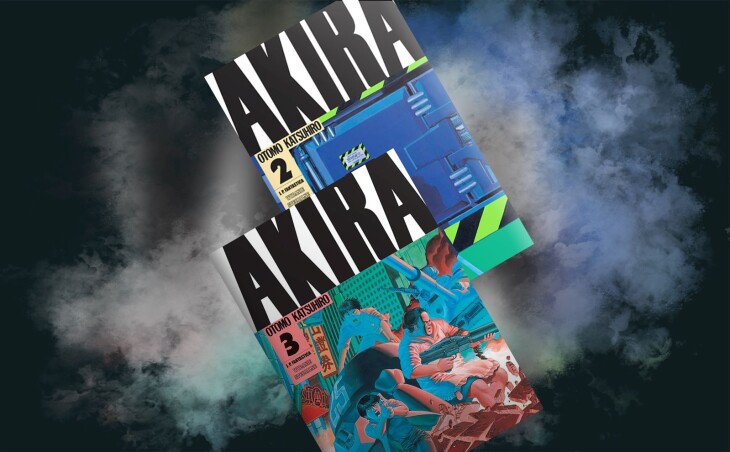A separate comic book could be created about the problems with the publication of Akira’s exclusive reissue. Suffice it to say that the second volume came out in May 2020, and the third in July of the following year. More than twelve months have passed since then, and the licensor has come up with more reasons to make corrections. However, this time is over and the next installments are to reach the readers much faster.
The first volume of Akira had a plot similar to the beginning of the equally well-known (or maybe even more popular?) Screening. So I was very curious to see what direction the rest of the story would take. After all, the movie premiered in 1988, and the manga didn’t end until 1992, so there was no source material for the adaptation yet. Sometimes, in similar situations, when the animation is ahead of the comic book publishing cycle, the creators go full fanfic – writing their own endings (see the first Full Metal Alchemist and Hellsing series ). In the case of Akirathe task was even more difficult, because where the manga is written for thousands of pages, the film closes in only 124 minutes. And yet, an outstanding work was created – probably because both versions were supervised by Katsuhiro Otomo.
Filler night
And this lengthy introduction serves to explain that the second and third volumes of Akira read to me like a filler , while knowing that there can be no question of that here, because it is a full-fledged source material. But what to do; despite the fact that I really liked everything I read, I didn’t feel that these threads were missing in the film adaptation. A paradoxical situation, but it perfectly shows how well Otomo was prepared to adapt his own content to the needs of another medium.
The first volume resembled the beginning of the movie Akira : Tetsuo gained powers as a result of an accident and went crazy, and his one-time friend, Kaneda, decided to stop him. The problem is that Tetsuo has also found himself in the crosshairs of a government organization led by an ambitious Colonel who has his own plans for the boy. In subsequent installments, the story takes its own course, and the action practically does not slow down.
And so in Volume 2, Tetsuo, whose powers are still developing, confronts other espers (children with psychic powers), frees himself from the Colonel’s control, and heads to the underground complex where Akira is. In the end, the test subject that once destroyed Tokyo turns out to be an inconspicuous boy. The third volume follows Akira’s relentless attempts to take over by all parties interested in his powers, while a military coup d’état takes place in the background.
SHARE!
Admittedly, I’ve cut quite a bit here, but there’s not much more to the plot than either part. Hence my previous remarks about filler-likeness , because on the one hand, a lot happens on the pages of the comic book – the action scenes are almost constant and realized with great panache, but on the other hand – the story remains very simple. Yes, there are some complications and additional sides of the argument (like a mysterious old Esper with her own cult), but there are not too many pages devoted to them to get to know them better. At times, I even felt that there was too much mess. Nevertheless, by far the most interesting element is Akira himself – in the film he appears in a very limited dimension, and here as a full-fledged character, so I am very curious how this thread will develop.
Masterclass
Katsushiro Otomo is a master. Master of Masters. And I’m not exaggerating here, because such well-drawn manga are extremely rare. I don’t like to fall into the “before there were times, today there are no times” tone, but I’ve been reading the hit series Spy x Family and Kaiju No. 8 and despite my sympathy for them, the graphic layer there was incredibly lazy, full of empty frames and simple backgrounds. Boredom. On the other hand, in Akira, each element has been refined to the limit. Everything here is good: facial expressions, action scenes, vehicles and architecture. Even elements in the far background can be rendered in fine detail.
Was the comic better?
In this review, I have repeatedly referred to the movie Akira , but for a person who first saw the film adaptation and only then the original, it is difficult to escape such comparisons. At this stage, I can’t say which version I like more – condensed or stretched, but also enriched with many new threads. Both approaches are very good. I will be looking forward to the next volumes.
Nasza ocena: 8.2/10
Continuation of the master classics.PLOT: 7/10
Characters: 8/10
GRAPHIC DESIGN: 10/10
EDITION: 8/10

